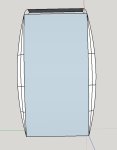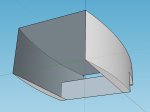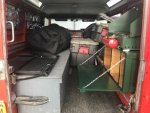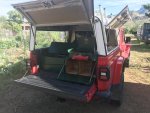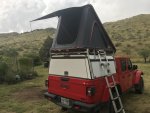Hello everyone,
I'd like to get some feedback and personal inputs based on your experiences using a RTT setup vs a truck bed canopy. Have any of you switched from one to another? What motivated you to choose one over the other?
I'm currently in the process of building out my 21' Tundra DC for some vehicle travel across Western Canada and USA and up to Alaska. I won't be doing it all at once but Next spring I plan to drive to down to Utah and California for a few weeks. I've been using a ground tent my whole life but am looking to avoid sleeping on the ground for several reasons:
1. I'd like a faster setup and put away time.
2. Create a better barrier between myself and the critters.
3. Increase security and protection from the element, wildlife and people.
I'm currently looking at a RTT + truck bed load bars or a truck canopy with a sleeping platform setup I will build out with storage underneath. I've read some horror stories of people finding paint damage from truck canopies moving around, has anyone experienced this?
Any insight or input on this topic would be great. I've read enough articles online but would love to hear some personal real-life experiences and applications.
Thank you.
I'd like to get some feedback and personal inputs based on your experiences using a RTT setup vs a truck bed canopy. Have any of you switched from one to another? What motivated you to choose one over the other?
I'm currently in the process of building out my 21' Tundra DC for some vehicle travel across Western Canada and USA and up to Alaska. I won't be doing it all at once but Next spring I plan to drive to down to Utah and California for a few weeks. I've been using a ground tent my whole life but am looking to avoid sleeping on the ground for several reasons:
1. I'd like a faster setup and put away time.
2. Create a better barrier between myself and the critters.
3. Increase security and protection from the element, wildlife and people.
I'm currently looking at a RTT + truck bed load bars or a truck canopy with a sleeping platform setup I will build out with storage underneath. I've read some horror stories of people finding paint damage from truck canopies moving around, has anyone experienced this?
Any insight or input on this topic would be great. I've read enough articles online but would love to hear some personal real-life experiences and applications.
Thank you.


